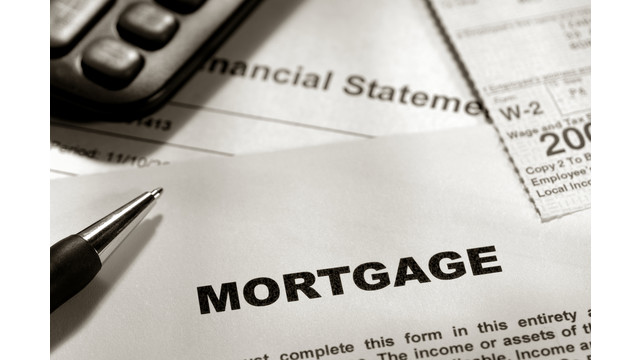Key Income Tax Changes for Mortgage Interest
Congress keeps chipping away at itemized deductions like the one for mortgage interest. This includes the latest changes under the Tax Cuts and Jobs Act (TCJA) for 2018 through 2025. The good news: Generally, you can still deduct most or all of ...
Oct. 09, 2020

Congress keeps chipping away at itemized deductions like the one for mortgage interest. This includes the latest changes under the Tax Cuts and Jobs Act (TCJA) for 2018 through 2025. The good news: Generally, you can still deduct most or all of the mortgage interest you pay if you continue to itemize deductions on your personal tax return.
Background: Prior to the TCA, you could deduct the interest paid on either acquisition debt or home equity debt, or both, within generous limits.
- Acquisition debt: This is defined as a debt where you use the mortgage proceeds to buy, build or substantially improve the home. Typically, acquisition debt represents the main part of a mortgage interest deduction. To qualify for the write-off, the loan must be secured by a qualified residence, such as your principal residence or a second home like a vacation home. The interest is deductible on loans up to a $1 million threshold.
- Home equity debt: When permitted by state law, you previously could deduct the interest on home equity loans secured by a qualified residence, regardless of how the proceeds were used. With a home equity debt, deductions were limited to interest paid on the first $100,000 of debt. Furthermore, the loan amount could not exceed your equity in the home.
Along with other itemized deductions, mortgage interest deductions are claimed on Schedule A of Form 1040. They were subject to the “Pease rule” reducing itemized deductions of high-income taxpayers.
But the TCJA tightened up the rules, beginning in 2018. Notably, it imposed these three changes.
- The threshold for deducting interest paid on acquisition debt is lowered from $1 million to $750,000. This applies to loans originating after December 15, 2017 (or April 1, 2018 if there was a binding contract in place before December 16, 2017). In other words, existing homeowners are “grandfathered in” under the prior rules for acquisition debt. If you qualify, you can continue to deduct all the mortgage interest allowable up to the $1 million threshold.
- The deduction for interest paid on home equity debt is suspended from 2018 through 2025. It doesn’t matter when you acquired the residence. The law is currently scheduled to revert to the prior provision in 2026.
- In accordance with the other TCJA changes for itemized deductions, the Pease rule is suspended for 2018 through 2025. It is scheduled to return in 2026, absent further legislation.
Overall, the TCJA changes may curtail mortgage interest deductions for some taxpayers. Note, however, that you can take advantage of a “loophole” in the tax law.
How it works: If you incur a new home equity loan or line of credit and use the proceeds for significant home improvements, the debt may be treated as an acquisition debt, rather than a home equity debt. Reason: It is a debt being incurred to “substantially improve” a qualified residence. Therefore, you can add this mortgage interest to your deductible total if you still itemize deductions
Make sure you maximize the mortgage interest deductions allowable under the current law. Your tax advisor can provide the necessary guidance.
